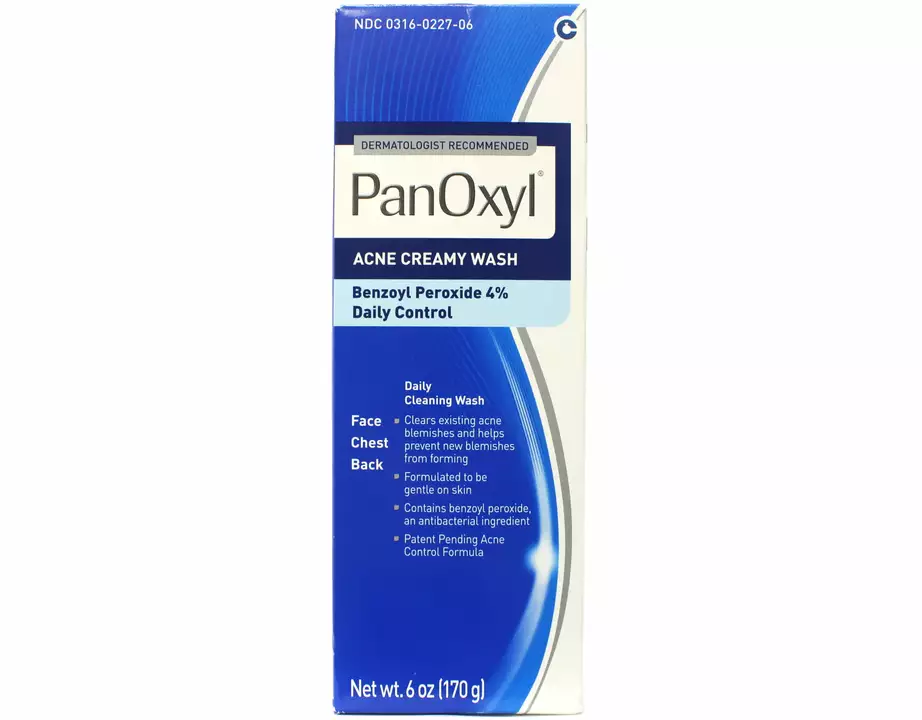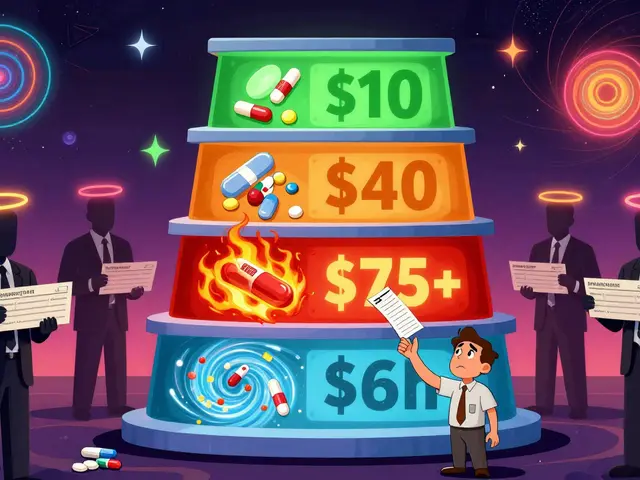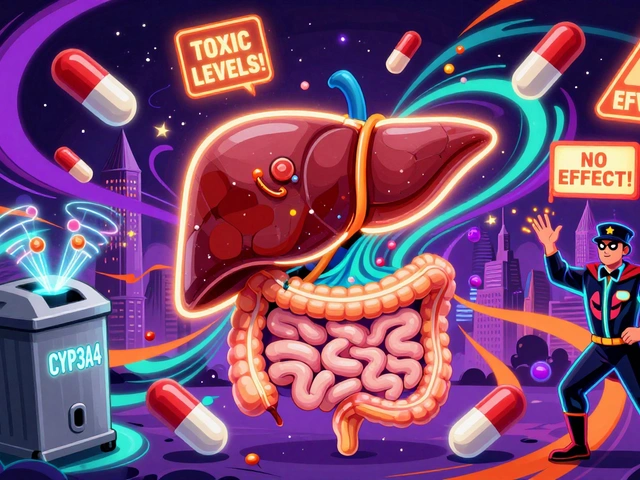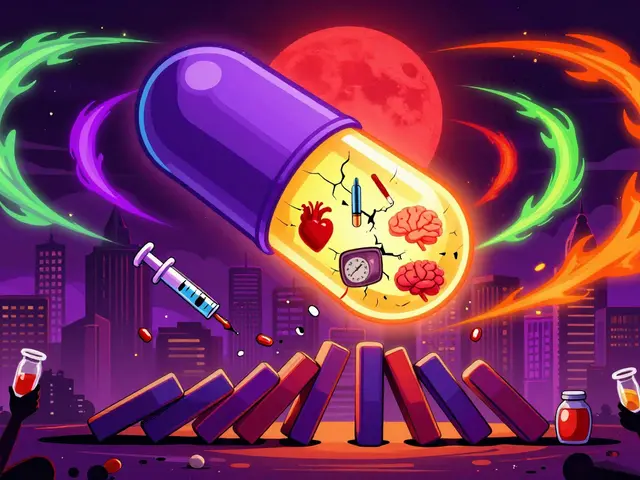Dermatologist's perspective: clear skin advice and smart drug choices
Your skin tells a story — and a dermatologist reads it for clues, not just to prescribe. You’ll get more help from a few simple, practical steps than from a shelf full of creams. I’ll share what I see most in clinic: common mistakes with topical meds, when to worry, and how to buy medicines safely online.
Topical meds: use them right
Topical steroids and creams work fast, but people often overuse them or reach for a stronger option without checking first. Use a steroid exactly as directed: short course, thin layer, and only on the affected area. If redness or thinning shows up, stop and call your doctor — skin can respond badly to too much steroid. For acne, benzoyl peroxide and adapalene are good starting points; expect 8–12 weeks before major improvement. If a product burns, it’s not a small problem — it can mean irritation or allergy, and a patch test or a different formula helps.
Know the real risks and interactions
Medicines you swallow or apply can affect each other and your skin. For example, certain antibiotics and retinoids make skin more sun-sensitive, so sunscreen becomes non-negotiable. Hormone or thyroid meds can change oil production and lead to breakouts; if you notice sudden changes after starting a drug, tell your prescriber. Supplements can help, but they can also interact — mention everything you take when you see your dermatologist.
Spotting counterfeit or low-quality meds online is easier than you think: check for a physical address, pharmacist contact, and proper certification. Avoid sites that sell prescription-only drugs without asking for a prescription. If shipping seems suspiciously fast or prices are extremely low, that’s a red flag. When in doubt, cross-check the pharmacy on trusted review sites or ask your local pharmacist for advice.
Simple daily habits beat miracle products. Cleanse gently, use a moisturizer suited to your skin type, protect with SPF 30+ daily, and don’t pick at spots. When starting a new treatment, introduce one thing at a time so you can spot what helps or harms. Take photos to track progress — it makes follow-ups clearer and faster.
If a rash spreads quickly, blisters form, or you have breathing trouble, seek urgent care. For persistent issues like eczema, rosacea, or long-standing acne, a short phone photo consult with a dermatologist can save weeks of trial and error. You’ll find practical guides and reviews on topical options, safe online pharmacies, and medication Q&As across related posts — use them to ask better questions at your next appointment.
Benzoyl Peroxide: A Dermatologist's Perspective
As a dermatologist, I've seen firsthand the benefits of benzoyl peroxide in treating various skin conditions, especially acne. It works by killing acne-causing bacteria and removing excess oils from the skin, leading to a clearer complexion. However, it's crucial to start with a low concentration and gradually increase it to avoid irritation. Remember to moisturize and use sunscreen to protect your skin while using benzoyl peroxide. Overall, it's a proven and effective solution for many people struggling with acne, but always consult a dermatologist before starting any new treatment.





